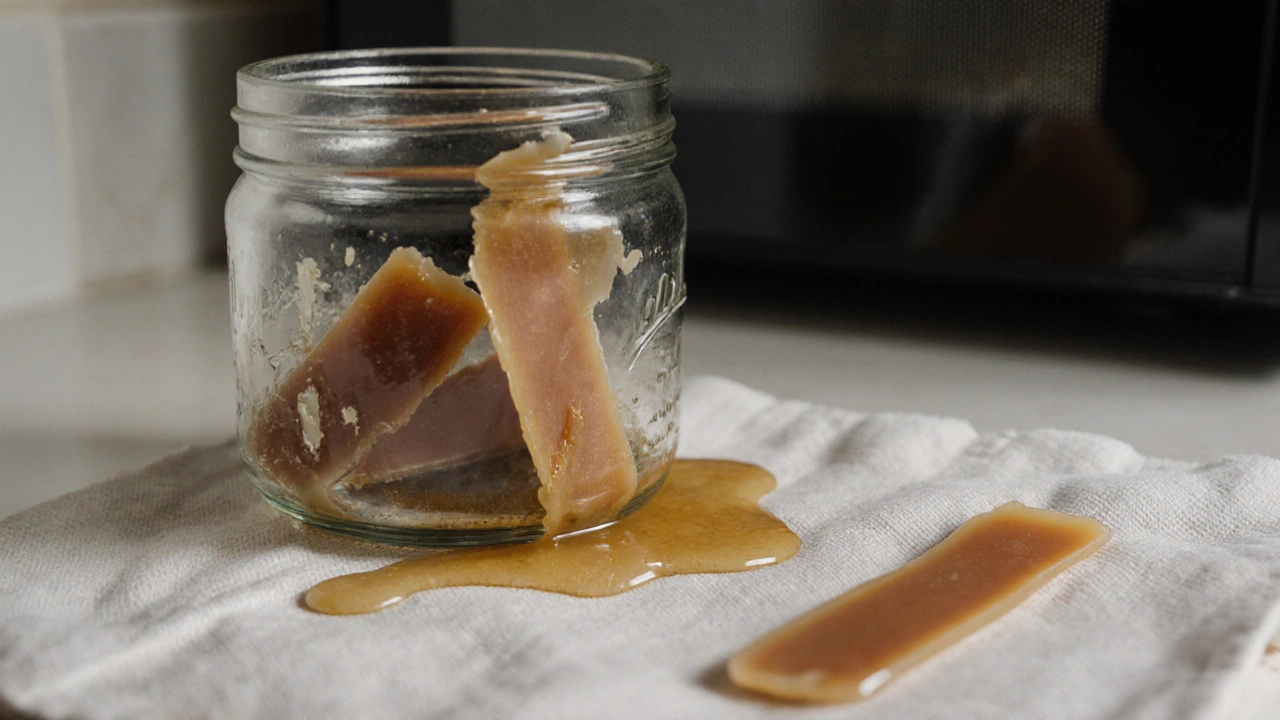When it comes to cold wax vs hot wax, two common hair removal methods used for eyebrows and facial hair. Also known as waxing strips and warm wax treatments, they’re both popular—but not interchangeable. If you’ve ever left a salon with red, irritated skin after waxing, you know the difference matters. It’s not just about which one hurts less—it’s about how clean the hair pulls, how long the results last, and whether your skin reacts badly.
Hot wax, a heated, liquid-like wax applied warm and removed with cloth strips is the go-to for most salons. It sticks to hair, not skin, making it ideal for sensitive areas like the brow. It’s especially effective on coarse or stubborn hairs, and because it cools and hardens on the skin, it grips the hair follicle more precisely. That means fewer breaks, less regrowth in a week, and smoother skin for up to six weeks. On the flip side, cold wax, pre-made strips or pads that are applied at room temperature is what you find in drugstores. It’s cheaper and easier to use at home, but it tends to pull skin along with hair—especially if your skin is dry or sensitive. It works fine for fine hairs, but if you’ve got thick, dark brows, you’ll likely need multiple passes, which increases irritation.
The real winner? It depends on your hair type, skin sensitivity, and how often you wax. If you’re doing this every 3–4 weeks and want clean, long-lasting results, hot wax wins. If you’re just touching up between visits or hate the idea of heated wax near your eyes, cold wax strips are a decent shortcut. But here’s the thing: most professionals at places like Halo Hair North Carolina use hot wax for brows—not because it’s trendier, but because it simply gives better, safer results. You’re not just removing hair—you’re shaping your face. A bad wax job can leave you with uneven brows that take months to fix.
And don’t forget aftercare. Whether you pick hot or cold, redness and bumps are normal for a few hours. But if your skin stays irritated for days, you might be using the wrong type—or your skin just needs a gentler approach. Some people do better with sugar waxing or threading. But if you’re sticking with wax, knowing the difference between cold and hot isn’t just helpful—it’s essential.
Below, you’ll find real advice from people who’ve tried both, tips to avoid burns and ingrown hairs, and what to ask your technician before they even touch your brows. No fluff. Just what works.

You can't safely heat cold wax strips to use as hot wax for eyebrows. Learn why mixing wax types doesn't work and what to use instead for clean, pain-free results.